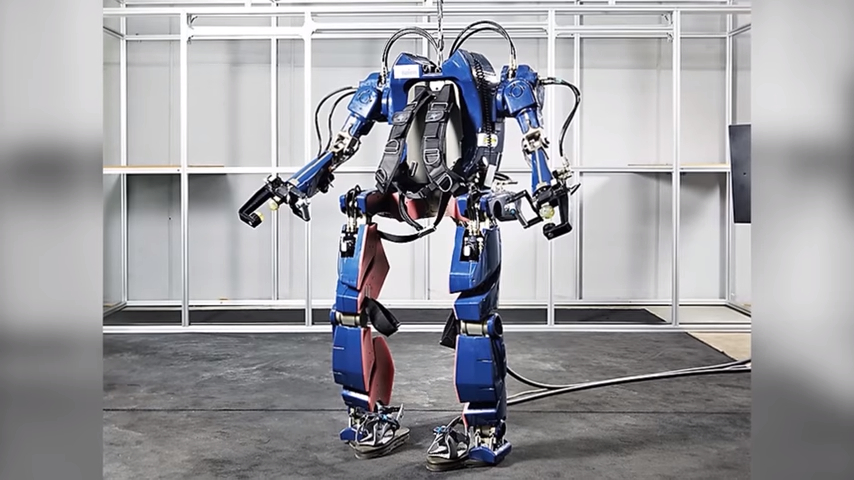Modern technology has evolved tremendously in alleviating disability.
Prosthetic limbs have been in use for quite a while now that aid patients in walking.
Prosthetic technology is getting better with every passing day. The high-tech advancement in prosthetic limbs allows the amputee to control the movement of the fingers.
Exoskeletons are devices attached to the limbs and help patients walk and control posture and gait. But they use extra power due to which their use is limited.
Exoskeletons
They can be used in the following patients who are unable to walk:
Paraplegic patients
Patients with their limbs paralyzed, i.e., legs unable to move on their own for several reasons like stroke, spinal cord injury, genetic causes, etc.
Children with cerebral palsy
These children have a brain injury due to deficiency of oxygen at birth, which leads to paralysis with an increased tone of muscles, hence leading to couch gait.
This type of gait is tiring and awkward for the patient. So, the support from the exoskeleton can help these patients in the long run.
Amputated limbs
Patients who have lost their limbs because of long-term diabetes, the soldiers, or patients who have undergone traumatic injury to the limbs in accidents can also be helped with these exoskeletons.
Mobility impairing illnesses
Parkinsonism, in which the patient’s gait becomes short shuffling, and there is an increased tendency to fall. In such patients, these robots can add the right amount of force to help them move.
Multiple sclerosis
In these patients, there is an increased tone of the muscles due to some abnormality in the nervous system’s protective coverings. This leads to interference in the normal gait. In such circumstances, exoskeletons can prove to be a big help.
Structure of Exoskeleton
These robotic devices have motors. These motors provide force for correcting the walking pattern of the patients. Speed or movement angles can be easily customized. Developed by biomedical engineers, the exoskeleton is made out of aeronautical aluminum.
How it works
The exoskeleton uses sensors to measure the efforts undertaken by the human body,” says Juan José Iceta Yurrita, an industrial engineer at Gogoa.
Exoskeleton supplements the body movements. It also motivates the patients to put in as much effort as possible. Hence, the final gait by which patients walk is a combination of the patient’s effort supplemented by these exoskeletons.
All of this helps the patient walk smoothly, faster, and with less effort.
Advancements in Exoskeletons
There is a need to improve these exoskeletons in terms of;
- Protecting from falls.
- Reducing the energy required for walking
- Reducing spasticity in case of cerebral palsy
Engineers in Italy are designing an exoskeleton to reduce falls among the elderly and those with amputated limbs. For example, while researchers at Stanford University are trying to reduce the energy, it takes people such as those recovering from stroke to walk. A team in New York City helps children with cerebral palsy get out of the “crouch gait” that makes it difficult and awkward for them to get around.
Technological improvements that are undertaken include;
- Motors are smaller, more powerful, and cheaper
- Electronics easier to operate
- Gyroscopes and accelerators are smaller, cheaper, and more precise – they can give cell phones directions. It can tell where the patient’s leg is in the space.
The development of these exoskeletons was started to support soldiers to reduce the energy of walking while carrying heavy bag packs. A few years after this project, they started realizing that they could help stroke patients who have physical disabilities.
Role of Exoskeletons in patients of stroke
Most of the patients with stroke experience a restriction of their mobility. Research suggests that these exoskeletons can promote mobility in persons with stroke due to brain plasticity and connectivity re-modulation mechanisms that are specifically catered by the robotic devices using the latest technologies.
Future of Exoskeleton Technology
“We want to be able to give voice orders to the exoskeleton, instead of using tablets or phones,” says Gogoa CEO and Hank Project coordinator Carlos Fernández Isoird. “We’ve already tested this voice command function; it works quite well. This would be good for physiotherapists, as they would have their hands free to handle patients safely. And rehabilitation would become even more customized.”
Let’s see where the future takes us!
